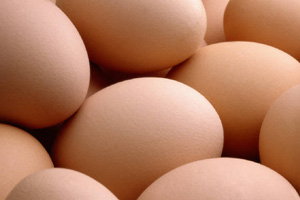Researchers evaluate shell egg sanitization practices

In a recently completed research project funded by the USPOULTRY Foundation, researchers investigated current and alternative practices of shell egg sanitization.
Dr Craig Coufal and Dr Christine Alvarado of Texas A&M University surveyed egg processors across the US to determine current practices and costs of shell egg sanitization. In addition, they conducted a microbial survey to evaluate the effectiveness of current practices.
Their research also involved evaluating the effectiveness of prewash egg disinfection procedures, determining the efficacy and quality parameters of current methods compared to alternative methods and conducting an economic analysis to compare current and alternate methods of shell egg sanitization.
Four trials were conducted to evaluate the use of hydrogen peroxide (H2O2) in combination with UV light to treat eggs prior to washing. Results indicated that treatment prior to washing resulted in fewer dirty eggs following washing, and visibly clean eggs after washing had lower microbial counts if they were treated prior to washing.
Several experiments were conducted to compare the effectiveness of eggshell disinfectants currently used in the egg industry to alternative methods of peracetic acid (PAA), PAA in combination with UV light, and H2O2 in combination with UV light. Peracetic acid was found to be more effective than chlorine but less effective than QAC. Hydrogen peroxide with UV light was the most effective sanitizer, resulting in zero microbial counts on most eggshells.
Sensory panel evaluation indicated that eggs treated with H2O2 and UV light were perceived by consumers to be equal to untreated eggs and eggs treated with QAC, but eggs treated with chlorine received the highest scores for taste and texture. While H2O2 with UV light was found to be a superior eggshell disinfectant compared to methods currently used in the egg industry, the cost is greater. In addition, experiments conducted to evaluate the effectiveness of various disinfectants to reduce Salmonella inoculated on eggshells found that all the disinfectants, including those currently used in the egg industry, reduce Salmonella on eggshell surfaces to levels below detection by rinse and plate sampling technique.
Source: USPoultry













